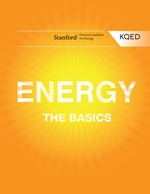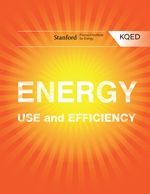Energy sources fit into three main buckets–fossil fuels (coal, oil and natural gas), renewable (e.g. wind, solar, hydroelectric, geothermal, etc.) and nuclear. Nuclear energy is a nonrenewable energy resource because it relies on Earth’s uranium deposits.
Nuclear energy is derived from the splitting of atoms. The nucleus of an atom contains protons and neutrons held together by the strong force, one of the four fundamental forces of nature. When the strong force is overcome and protons or neutrons are able to escape the nucleus, nuclear potential energy escapes, too. This process is called a fission reaction.
View the video above to learn how nuclear reactors work.
Humans first harnessed the power of fission reactions in the form of nuclear bombs. Not long after, scientists learned to how to create fission reactions in a much more controlled way inside nuclear reactors.

